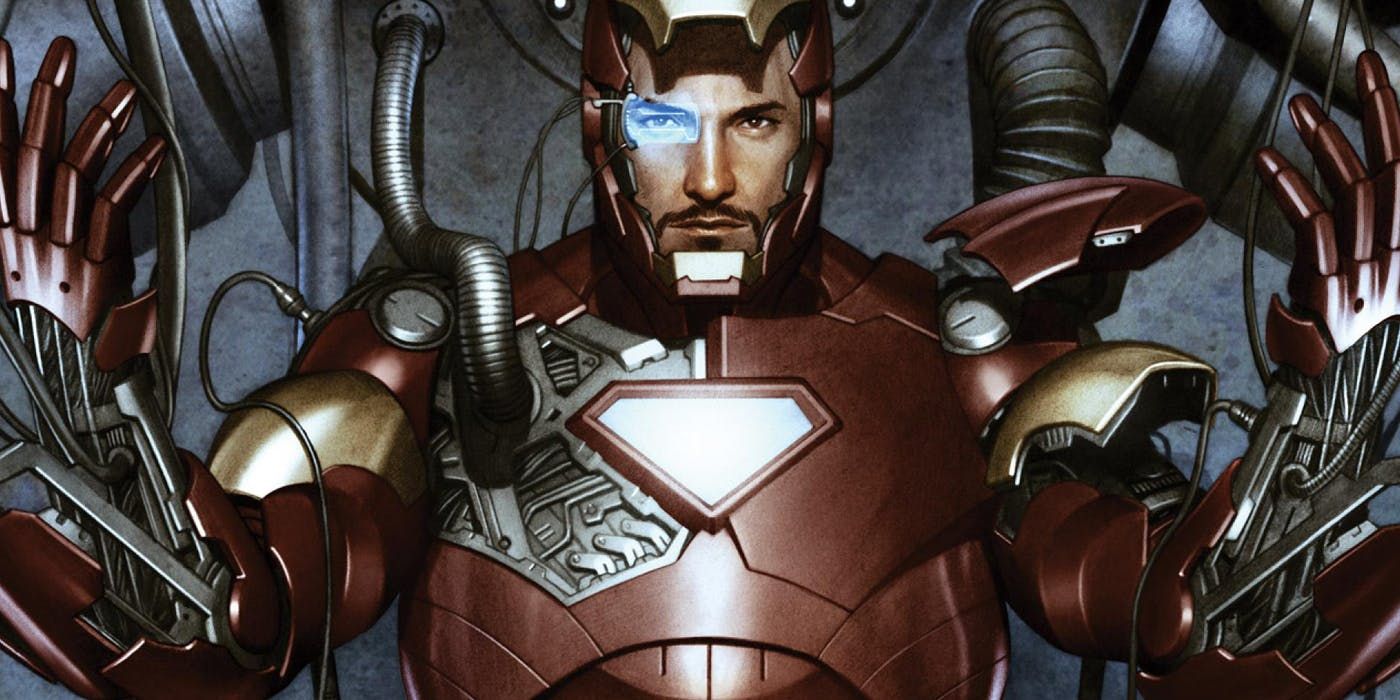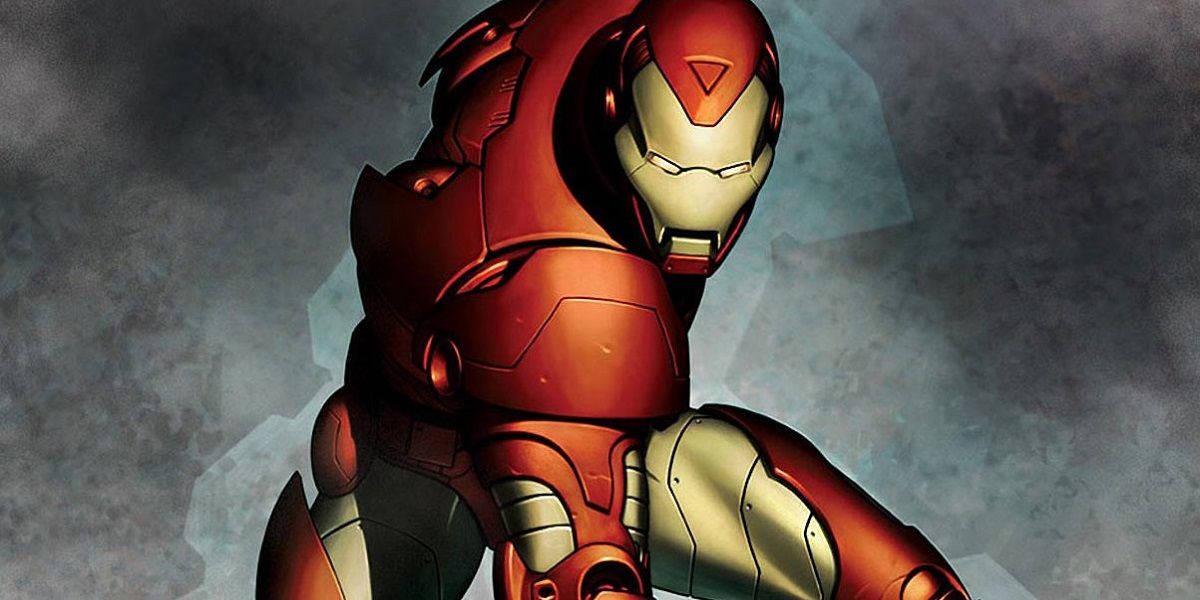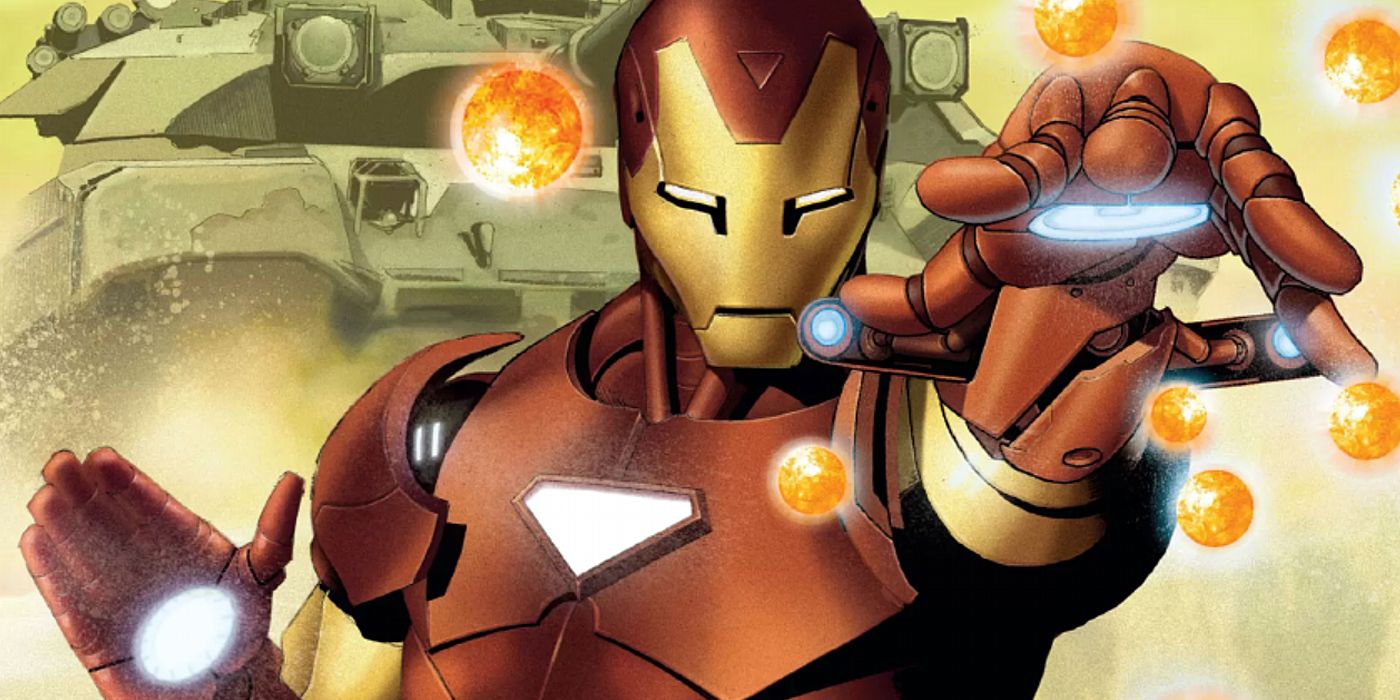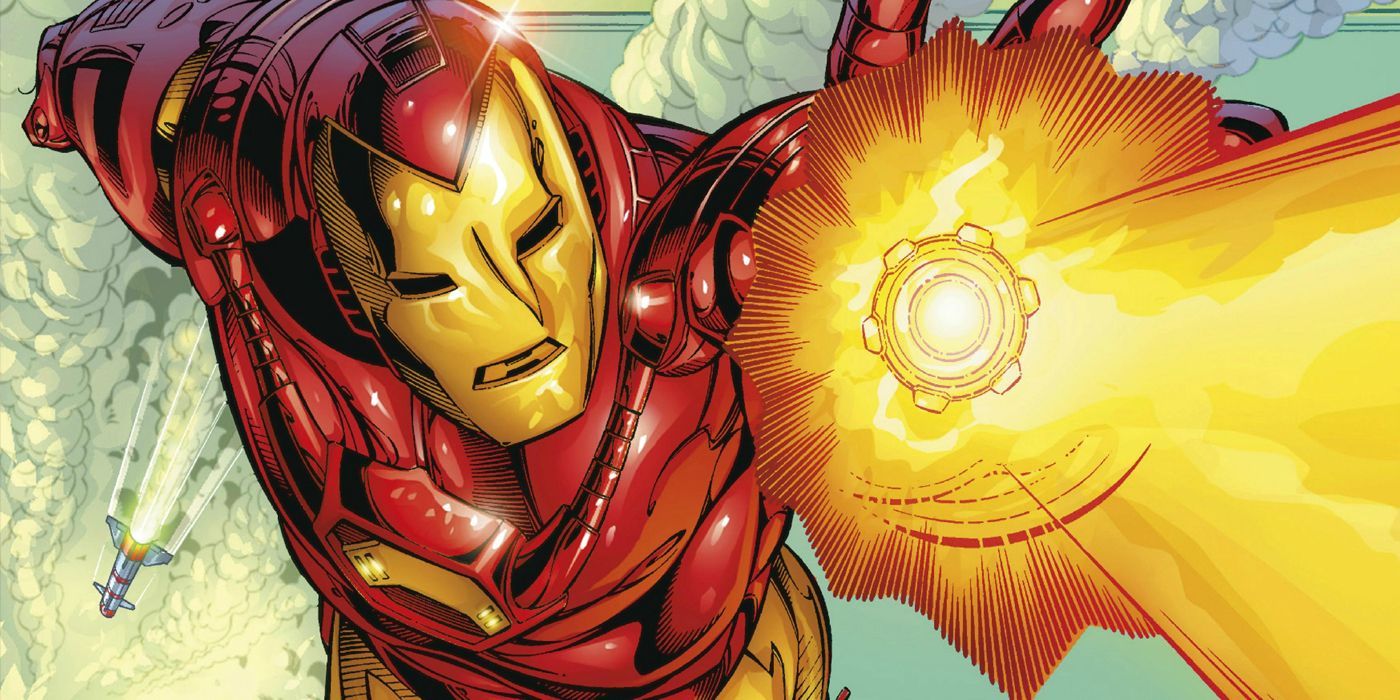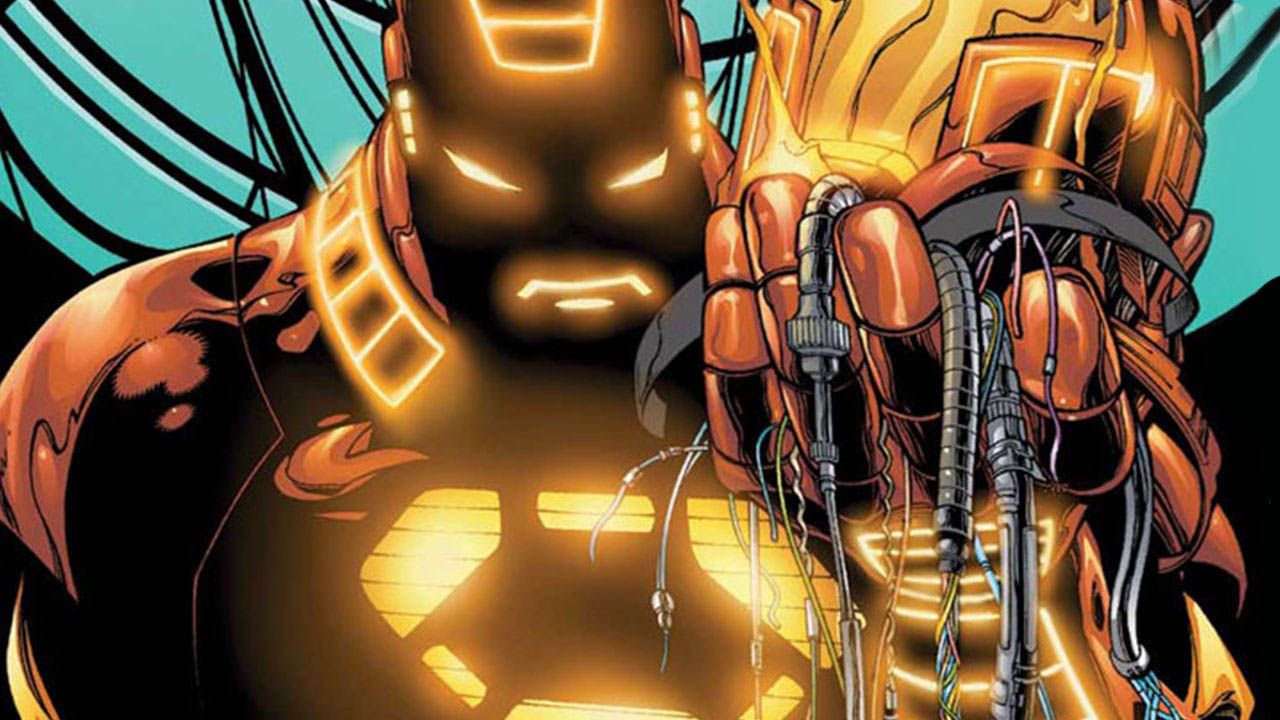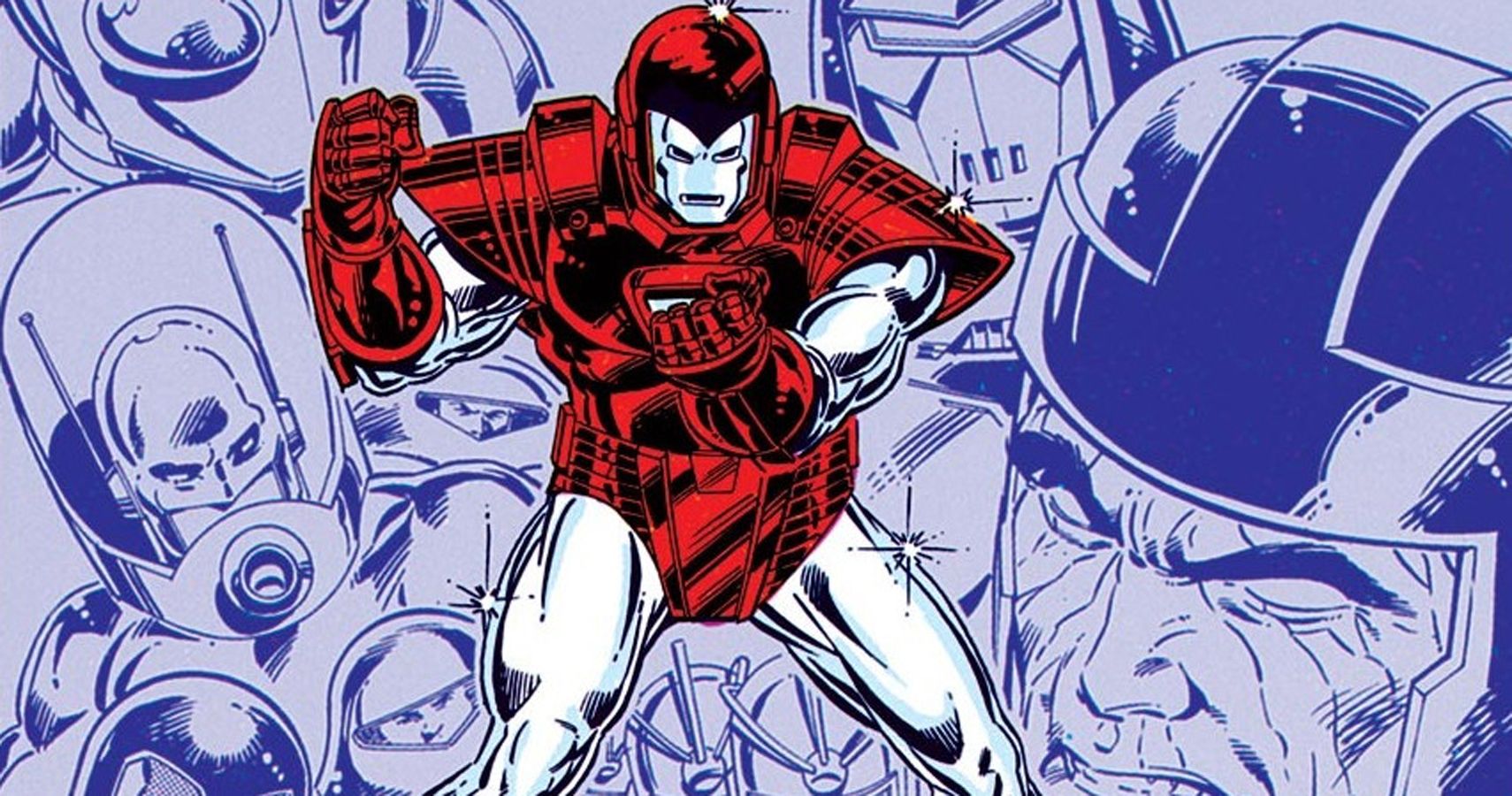Since he was created by Stan Lee, Larry Lieber, Don Heck and Jack Kirby in 1963's Tales of Suspense #39, Iron Man has gone on to become the inaugural superhero franchise in the Marvel Cinematic Universe, with an instant classic cinematic performance by Robert Downey, Jr.
Across his 66-year history, the Armored Avenger has starred in a plethora of iconic comic book stories, both solo and with the various teams of the Marvel Universe. Now, here are some of the best, most new reader-friendly solo stories starring Iron Man from the character's prolific history.
Iron Man: Extremis
As the Marvel Universe moved into the 21st century, Warren Ellis and Adi Granov sought to update Iron Man and his technological capabilities to better reflect the times rather than simply keep him as a seemingly ordinary man in a hi-tech suit of armor. Their 2005 story Extremis would dramatically change Tony Stark's abilities and serve as a direct inspiration for Iron Man 3.
The six-issue story had a terrorist use an experimental new technology to make himself a super-powered menace rampaging across the United States. Barely surviving his first skirmish with the new villain, Tony decides to use the technology on himself to become the Iron Man inside and out or die trying.
Iron Man: The Five Nightmares of Tony Stark
One of the most celebrated creative teams across Iron Man's entire history is Matt Fraction and Salvador Larroca, who were on the Invincible Iron Man ongoing series for four years from 2008 to 2012. Along the way, Fraction and Larroca dramatically tore down Tony Stark to his core, without the usual billionaire trappings, before building him back up to be one of the premier superheroes in the Marvel Universe.
Fraction and Larroca's run began with The Five Nightmares of Iron Man, which saw Tony still serving as the Director of S.H.I.E.L.D. following his victory in Civil War while balancing his separate careers as an industrialist scientist, Avenger, and solo superhero. A series of terror attacks sweep the globe, with Ezekiel Stone, the infinitely more devious son of Obadiah Stane, revealed as the culprit as part of his ongoing revenge against Tony for the death of his father, which culminated with an explosive showdown.
Iron Man: Heroes Return
Many of the iconic heroes of the Marvel Universe had sacrificed themselves in a battle against the X-Men villain Onslaught, leading to the omnipotent Franklin Richards to send them to a pocket universe to recover. Upon their rehabilitation, the heroes reentered the main Marvel Universe in an epic event called Heroes Return.
All of that set the stage for one of Iron Man's first major relaunches, which saw Stark try to rebuild his company and face off against several of his famous foes, including the Mandarin. Writer Kurt Busiek helmed Iron Man's 1998 solo series spinning out of the return, with artist Sean Chen, quickly reestablishing the character for modern audiences along with his responsibilities as an Avenger.
Iron Man: The Mask in the Iron Man
While largely known for his artistic and editorial work, Marvel Comics Chief Creative Officer Joe Quesada stepped up to write the 2001 storyline The Mask in the Iron Man, with Sean Chen and Alitha Martinez on art. While Iron Man certainly played a major role in the story, the creative team was more interested in revealing more about the man inside the suit of armor, examining his relationship with it.
As the artificial intelligence helping Tony pilot the Iron Man armor becomes more and more self-aware, the two personalities clash, leading to a Frankenstein-esque conflict between maker and creation for the greater legacy of Iron Man, which put Tony back on the path of personal redemption against an opponent that knows him better than himself.
Iron Man: Armor Wars
As Tony continued to improve upon his armor over the years, the creative team of Bob Layton, David Michelinie, Mark D. Bright and Barry Windsor-Smith sought to level the playing field by similarly upgrading Iron Man's numerous armored villains. Their classic 1987 storyline Armor Wars had Spymaster steal Tony's technology to provide upgrades to the extensive rogues gallery financed by rival industrialist Justin Hammer.
The story arc reexamined Iron Man's relationship with the military, Captain America, West Coast Avengers and general public leading to a return of the classic red and gold armor after years of using the Silver Centurion suit. An epilogue explores the immediate after-effects on the story, which would haunt Tony for years to follow, and even merited a sequel in the '90s.

